Known as the world’s rarest pheasant, the Western Tragopanwas recently spotted in a new location in Kashmir after WTI and state forest department officers surveyed the Poonch area of Jammu & Kashmir. The team was pleasantly surprised by the find because the shy bird usually prefers the northern coniferous forests to its present location.
A Western Tragopan is a rare bird facing extinction and found in the western foothills of Himalayas. It is the state bird of Himachal Pradesh and captive breeding of the species has not proved very successful. The IUCN red list shows the species to be vulnerable while in India it is a schedule I species on the Indian Wildlife (Protection) Act. The present population of the bird is estimated to be around 5000.
The forest department and members of the WTI were informed about the bird’s presence by locals in Kalamund-Tatakuti and Khara Rakh areas of the Pir Panjal range in J&K. The officials decided to visit the areas again in May when it is the breeding season of the bird.
“The bird is extremely shy and silent. But knowing that the best way to locate the species would be during its breeding season, when it becomes highly vocal, we returned in May,” said Riyaz Ahmad, the team leader and Assistant Manager, Species Division of WTI.
The Tragopan is known to give a shrill cry sounding way-waah during breeding season. It was exactly this cry that helped the officers locate the bird and spot one in its new home. Earlier the bird was only seen in the Kazinag range and Kishtawar National Park in the state.
“I was pleasantly surprised to note the tragopan’s presence in these areas. Unlike its usual haunts, the moist north facing coniferous slopes, the present sites are located on the south face of Pir Panjal along Poonch. The immediate step would be to gauge what numbers exist at these sites to effect conservation,”said Dr Rahul Kaul, South Asia Representative, IUCN SSC Galliformes Specialist Group and Chief Ecologist, WTI.
The pheasant is facing extinction due to the usual threats. Poaching for its meat and feathers, habitat fragmentation and habitat destruction.
Behind the name Tragopan
The Western Tragopan is considered by many as one of the rarest known pheasants. In Kullu district of Himachal Pradesh it is locally called Jujurana which means the King of birds. In Jammu and Kashmir it is known by the name of Daan-e-Gir.
During breeding season the male garner attention by inflating their throats and displaying vibrant purple, blue margins. They also display blue horns on their heads. The look is so similar to the Greek Mythological God Pan that the birds have thus been named Tragopan (Trago – Goat + Pan)
– Atula Gupta
Related Stories:
Vulture Death Slowing down Post Killer Drug Ban in India
Poor Genetic Diversity Spelling Doom for Great Indian Bustard

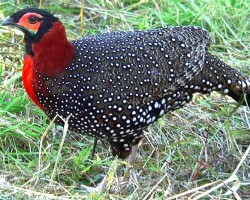
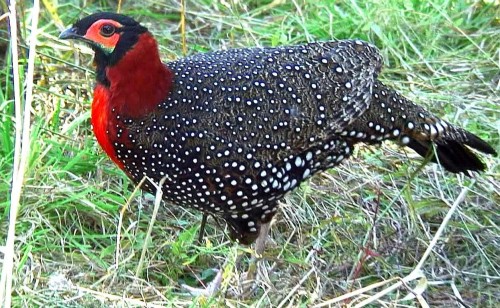
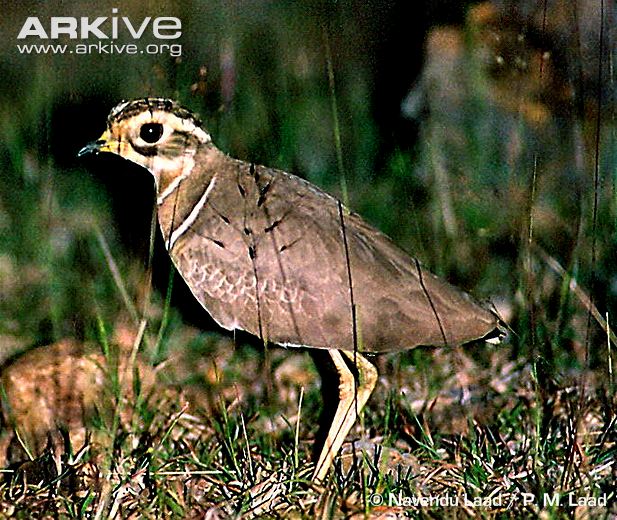
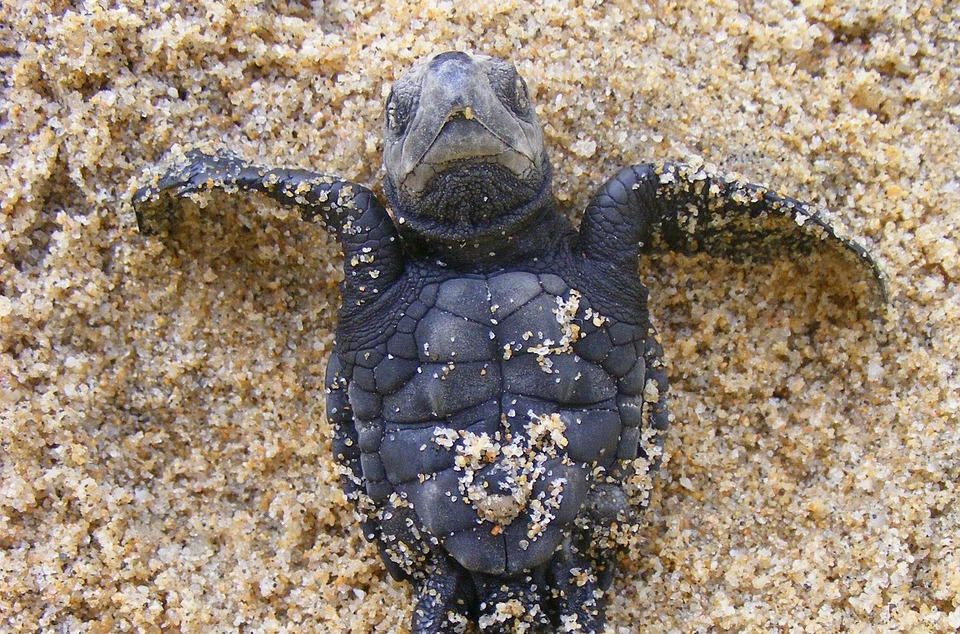
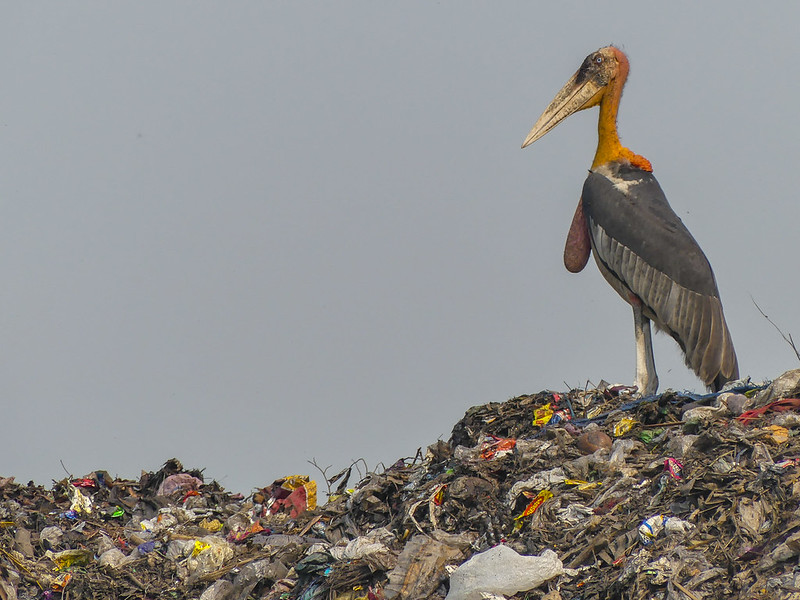
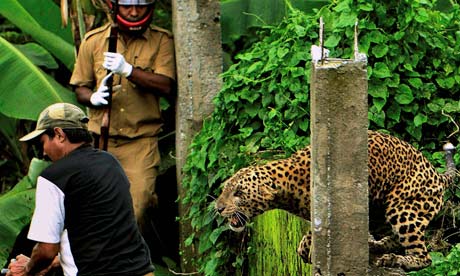
thank you for sharing
I love nature and wild life, i want to become a researcher, and i will thanx for such kind of project..
Western tragopan or tragopan melanocephalus is one of the 5 representatives of the genus tragopan. 4 such species occur in india. Western tragopan has become vulnerable in the wild or western himalayas and steps have been taken by the local govts to study this beautiful bird both in the wild as captivity as well. The main wild population of this tragopan occurs in himachal pradesh, nw india and is therefore of global importance. Tragopans have been exported from india and china to north america and to western europe, where at least 3 species are breeding quite succesfully. It is now hoped that with the expertise and know how which was built up during the last two decades that western tragopan will also be bred by the hundreds in himachal.
Thank you for the valuable information provided.
this is not a kashmiri western tragopan, I know this specie because the kashmari western tragopan has a crown on it’s head which is found in wildlife sanctuary limber. I am working on that as a volunteer for it’s conservation and rehabilitation. it is critically endangered. I think the existing photograph is of Pakistani western tragopan because they have no crown. now plz help me to complete this survey and book. I am also working on endangered species of jk in India.
Thank you for your keen observation. We have changed the photo. Best wishes for your work.